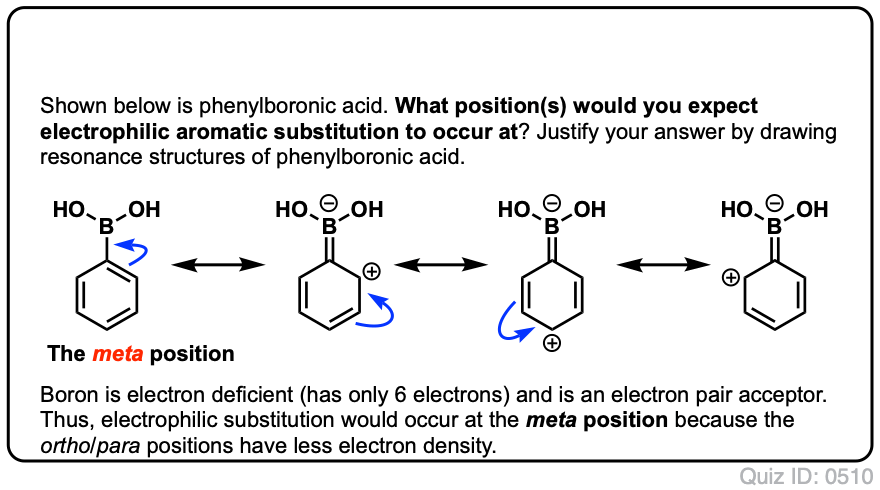

One requirement for these reactions is the ortho or para position of the electron-withdrawing group to the leaving group. Notice that the nitro group is typically used as an electron-withdrawing group even though other groups such as carbonyls can also activate the ring toward a nucleophilic attack.Īs for the nucleophile, a variety of charged and neutral strong nucleophiles such as –OH, –OR, –SR, NH 3, and other amines can be used. Nucleophilic Aromatic Substitution – The Addition-Elimination Mechanism Let’s put some common examples of these mechanisms and look into the details of the main patterns. The benzyne mechanism works mainly with a very strong base and nucleophile, NH 2 – and does not require an EWG group, although its presence is not a hurdle. There are two main mechanisms: addition-elimination or elimination-addition, also known as the benzyne mechanism which is sometimes considered as a separate reaction. X here is the leaving group and the EWG stands for an electron-withdrawing group (most often nitro) which is there to activate the ring by making it electron-deficient. However, some aryl halides with a strong electron-withdrawing substituent(s) on the ring can undergo nucleophilic substitution ( S N Ar) instead of electrophilic substitution: We have seen that most reactions of aromatic compounds involve electrophilic substitutions because the π electrons make the aromatic ring electron-rich and therefore, nucleophilic.


 0 kommentar(er)
0 kommentar(er)
